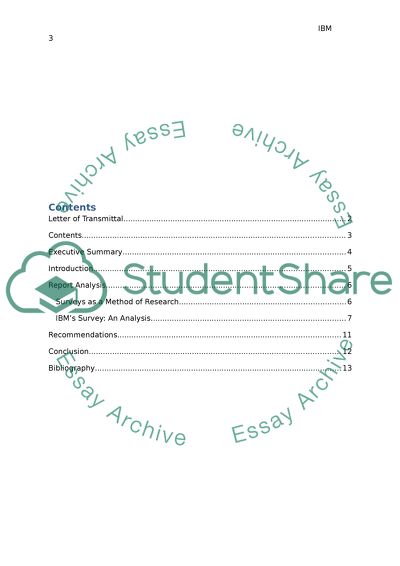Cite this document
(“IBM(MR) Dissertation Example | Topics and Well Written Essays - 2000 words”, n.d.)
Retrieved from https://studentshare.org/other/1429001-ibmmr
Retrieved from https://studentshare.org/other/1429001-ibmmr
(IBM(MR) Dissertation Example | Topics and Well Written Essays - 2000 Words)
https://studentshare.org/other/1429001-ibmmr.
https://studentshare.org/other/1429001-ibmmr.
“IBM(MR) Dissertation Example | Topics and Well Written Essays - 2000 Words”, n.d. https://studentshare.org/other/1429001-ibmmr.


